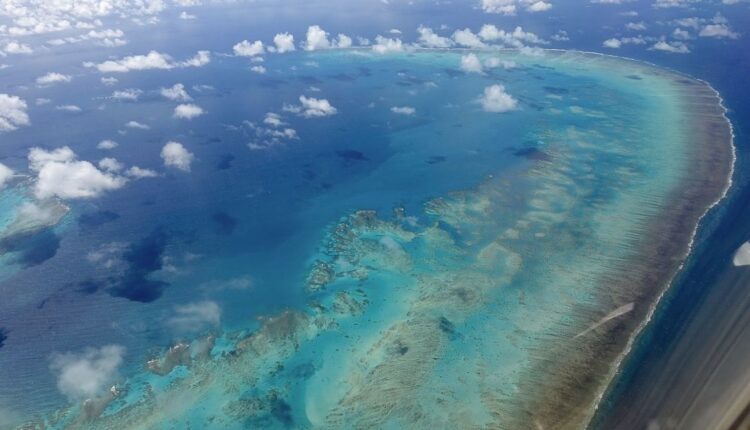An invisible nutrient dump threatens the Great Barrier Reef
A groundwater discharge into the sea is the source of previously unquantified nitrogen and phosphorus that are having a profound environmental impact on the Great Barrier Reef
The findings, published in Environmental Science & Technology, indicate that current efforts to preserve and restore the health of the great reef off Australia’s east coast may require a new perspective.
Dr Douglas Tait of Southern Cross University, who is leading the study, said in a statement: “Submarine groundwater discharge exceeds inputs from rivers as a source of nutrients for the Great Barrier Reef.”
Submarine groundwater discharge is any water released into the ocean below the waterline from various sources, including underground aquifers and the seabed.
The research team collected data from marine transects, rivers and coastal boreholes in an area from south of Rockhampton to north of Cairns. Using radio isotopes allowed scientists to track how many nutrients are transported from soil and shelf sediments through invisible flows of groundwater.
Southern Cross professor Damien Maher said the team’s work showed groundwater discharge was 10 to 15 times greater than river inputs, something that had previously gone unaccounted for.
“Groundwater discharge accounted for approximately one-third of the new nitrogen and two-thirds of the phosphorus inputs, indicating that almost twice as much nitrogen enters the reef from groundwater compared to river waters,” said the Professor Maher.
Until now, most efforts to mitigate the impact of nutrients on the reef have focused on the outflow of river systems.
Lead author Dr Douglas Tait said: “Nutrients are essential for supporting the incredible biodiversity of the Great Barrier Reef. However, too many nutrients can lead to harmful problems such as harmful algal blooms and marine diseases fish”, which have been increasing on the reef over the last few decades.
“Our study highlights the need for a strategic shift in management approaches aimed at safeguarding the Great Barrier Reef from the effects of excess nutrients.”
Dr Tait said that, unlike river flow, nutrients in groundwater could be stored for decades underground before being released into coastal waters, meaning research and strategies to protect the reef needed to be long-term.
Source: dpa
(Referential image source: Luka Peternel, Europa Press / dpa)
Visit our news channel on Google News and follow us to get accurate, interesting information and stay up to date with everything. You can also see our daily content on Twitter and Instagram


